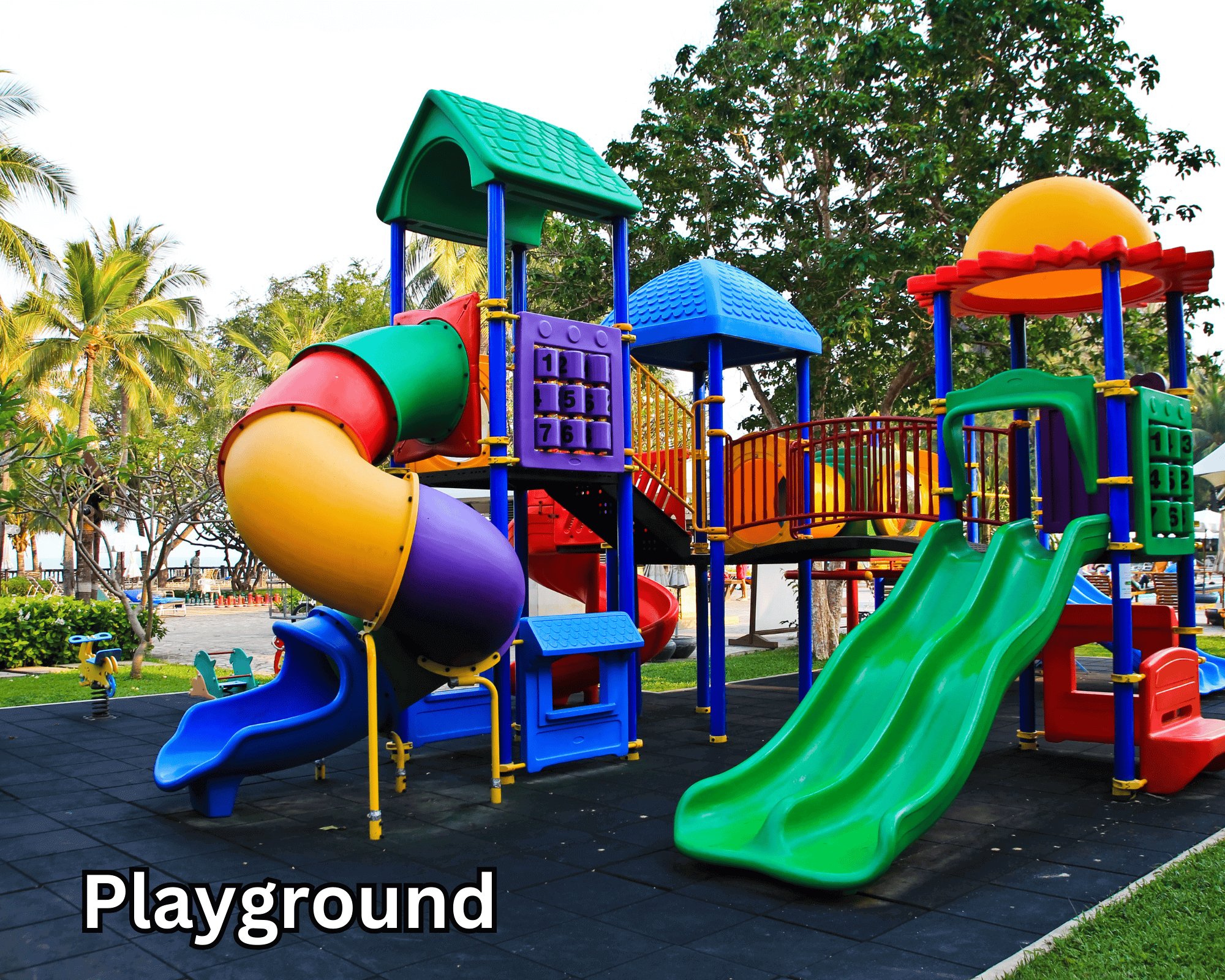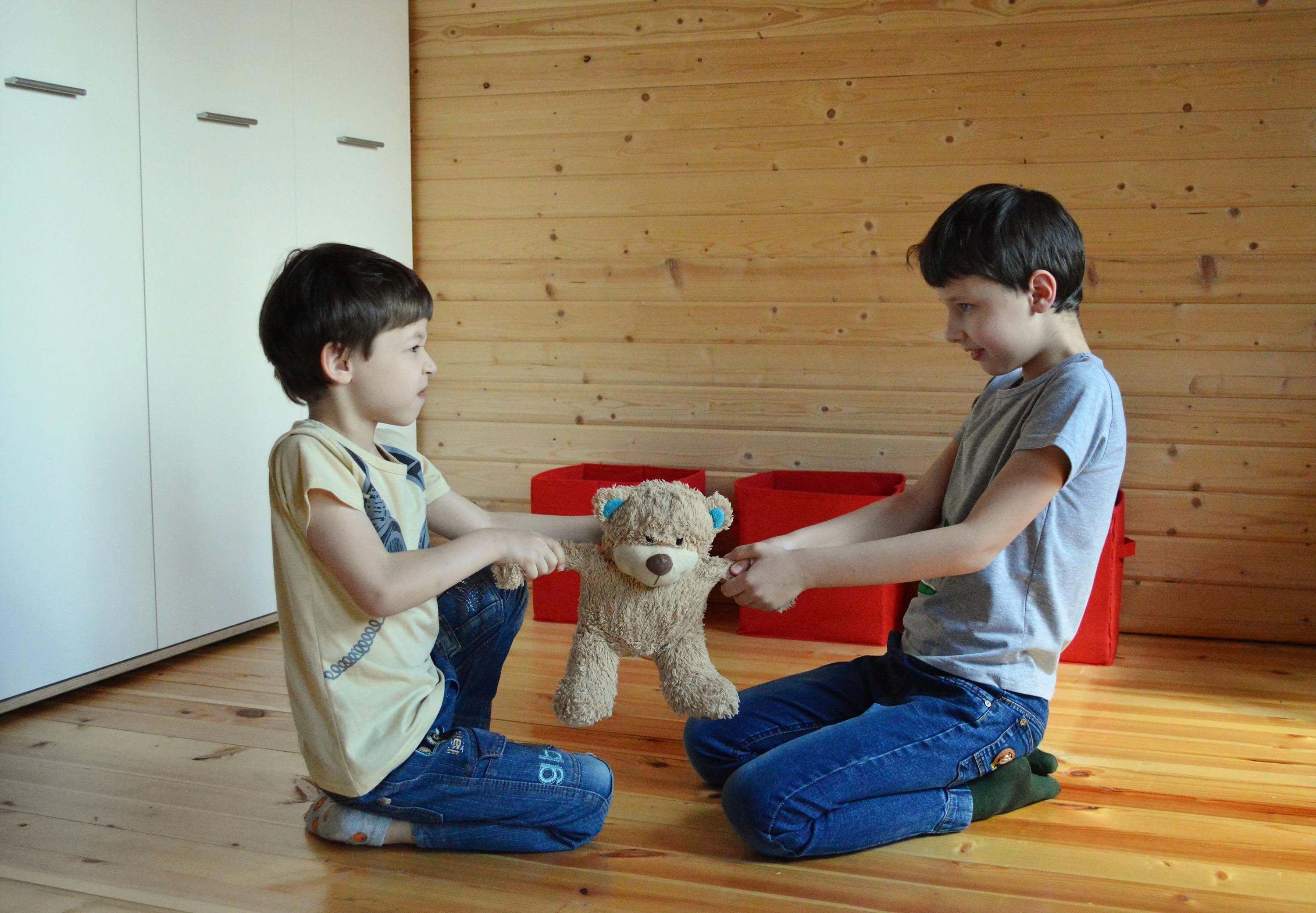Managing the Complex World of Blended Family Parenting
Blended family parenting is becoming increasingly common in today’s society.
 Family of 5 kids eating a meal at the dining room table.
Family of 5 kids eating a meal at the dining room table.Whether through remarriage or partnerships where one or both of you have children from previous relationships, the blended family dynamics can be both rewarding and challenging.
Being a part of a blended family requires a unique approach, it involves managing expectations and developing togetherness among all family members.
Understanding Blended Family Dynamics
When two families merge, there are often different parenting styles, household rules, and expectations that need to be figured out.
Everyone in the family is likely to experience confusion and tension, namely the kids. They are struggling with accepting a new parent, they may have to move and go to a different school, leaving all their friends behind.
Different Parenting Styles:
Parents of a blended family may have different disciplining approaches, daily routines and attempts at communicating with everyone.
These differences can create conflicts if not addressed early on.
For successful blended family parenting, it’s important for both you and your new partner to discuss their parenting styles in the beginning and agree on a single or combined approach.
By finding common ground you will be providing consistency for the children.
Adjusting to New Roles:
Your partner (stepparent) often face the challenge of finding their place within the family.
They must balance being a supportive figure while respecting the bond between you and your child.
The best thing to do is just allow the relationship between the child and you to develop naturally.
Your partner (stepparent) should not try to replace you, but instead build a relationship with the step kids based on trust and respect.
Children’s Adjustments:
A wide range of emotions are experienced from excitement to resentment. For example: The kids might feel loyalty to you and resist forming a bond with your partner (stepparent).
Alternatively, they might struggle with feelings of displacement, especially if they have to share your attention with new siblings.
Blended family parenting involves being patient and empathetic to these emotions, allowing children the time and space they need to adjust.
 Mom, dad and 4 kids stand facing the camera.
Mom, dad and 4 kids stand facing the camera.Building Strong Relationships in a Blended Family
Fostering strong relationships is at the heart of successful blended family parenting. Both you and your partner should intentionally put forth extra effort to create a supportive and loving environment.
Open Communication:
Open and honest communication is essential in any family, but it’s especially important in a blended family. Each family member needs to be encouraged to express any feelings or concerns they may have.
To be sure that everyone is heard, hold regular family meetings, preventing misunderstanding and building trust.
Establishing Family Traditions:
Create different family traditions from the ones you celebrated with your previous partners.
A yearly vacation or a special meal, gives the whole family something to look forward to and helps to enhance a sense of belonging. When you build new connections you are respecting the past.
Respecting Individual Relationships:
It’s important to recognize and respect the individual relationships within a blended family.
For example, children should be encouraged to maintain a close relationship with you, even if they are also in the process of forming a bond with your partner (stepparent).
Similarly, you should respect the existing bond between your partner and their children.
Common Challenges in Blended Family Parenting
While blended family parenting can be incredibly rewarding, it’s not without its challenges.
Dealing with Loyalty Conflicts:
Children in blended families might feel torn between their loyalty to you (their biological parent) and their relationship with your partner (their stepparent).
They might worry that bonding with your partner (stepparent) will hurt your feelings.
Reassure your kids that it’s okay to love and respect the adults in their lives, even important, in order to make the adult feel accepted.
Handling Discipline:
How discipline is handled can be very challenging for blended families.
If both you and your partner are involved in disciplining the children, it’s important to have clear and consistent rules among everyone.
Blended family parenting works best when all parents agree on disciplinary measures. This consistency helps children feel secure and understand expectations.
Managing Expectations:
It’s easy to have high expectations when entering a blended family, but it’s important to be realistic. Relationships take time to develop, and there will likely be bumps along the way.
Blended family parenting involves setting realistic expectations and being patient with the process.
You and your partner should be prepared for the possibility that things won’t always go smoothly and that it might take time for everyone to feel comfortable and secure.
Tips for Successful Blended Family Parenting
Achieving complete understanding and agreement in a blended family requires patience and a lot of love.
Here are some tips to help you both succeed in blended family parenting.
- Be Patient: Building relationships in a blended family takes time. Don’t rush the process or force connections. Allow relationships to develop naturally, and give everyone the time they need to adjust.
- Communicate Regularly: Keep the lines of communication open. Make sure that all family members feel comfortable expressing their feelings and concerns.
Regular family check-ins can help keep everyone on the same page.
 Mom, dad and 4 kids eating a healthy meal at the dining room table.
Mom, dad and 4 kids eating a healthy meal at the dining room table.- Be Flexible: Being in a blended family requires that you and your partner be flexible. You are getting use to new situations and learning what it is that works best for everyone.
- Show Empathy: Understand that the transition to a blended family can be challenging for everyone involved, especially the kids. The family dynamic is not their choice, so it’s up to you to be empathetic and supportive.
- Seek Professional Help if Needed: If you’re struggling with the challenges of blended family parenting, don’t hesitate to seek professional help.
Blended family parenting is a journey filled with both challenges and rewards. Remain flexible and always keep the best interests of the children at heart.
















